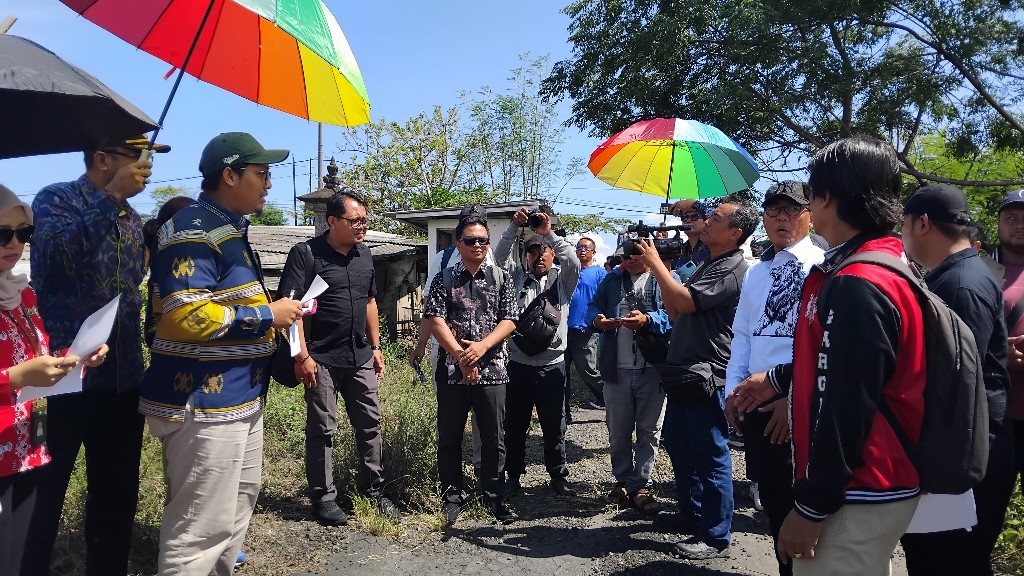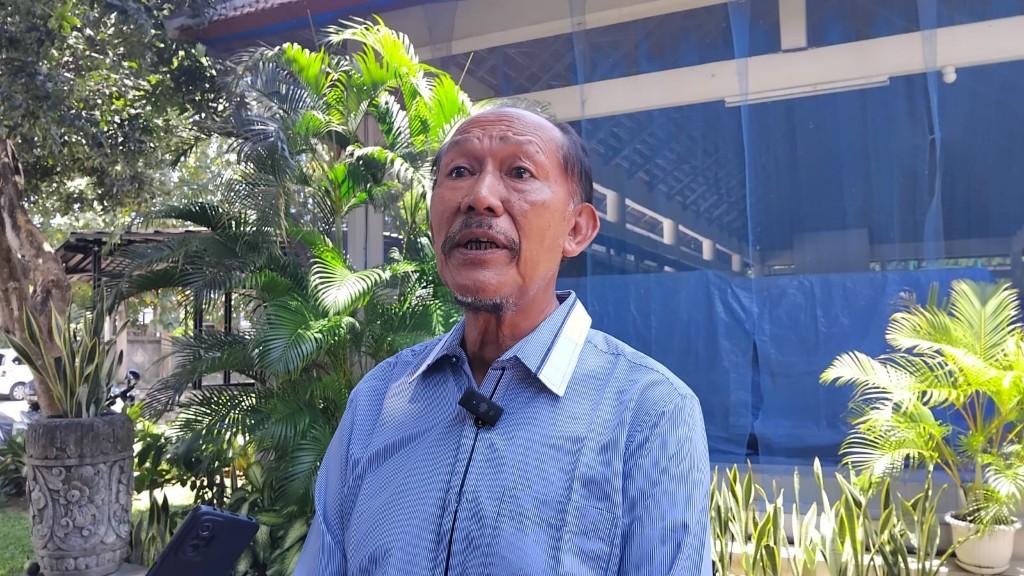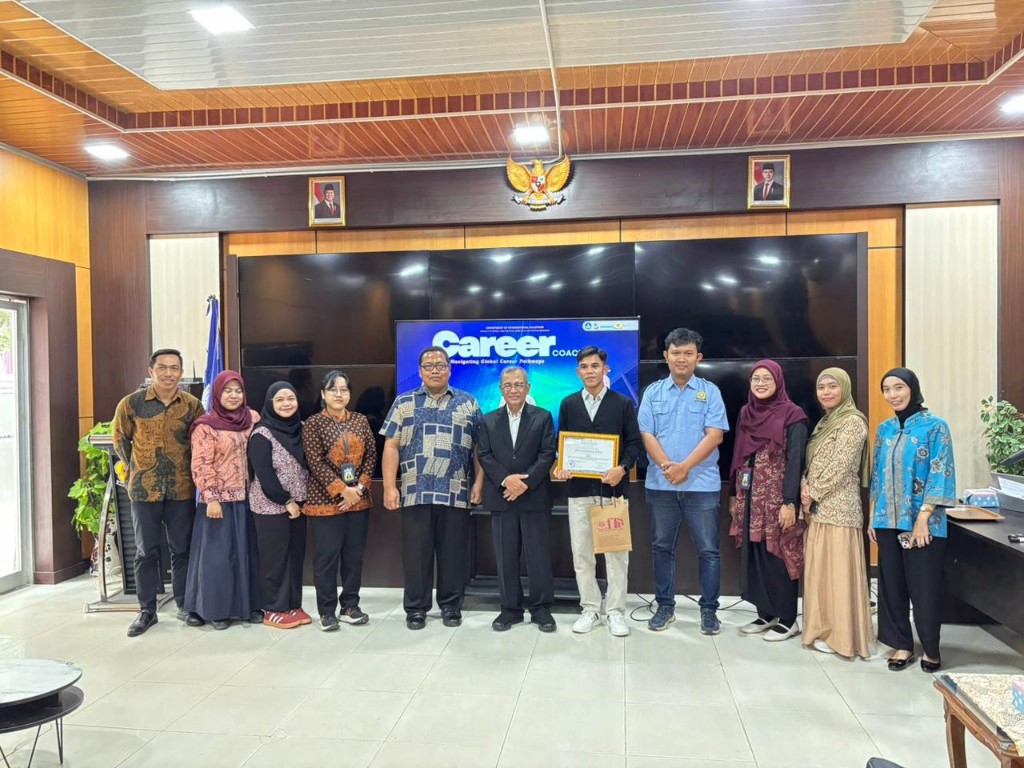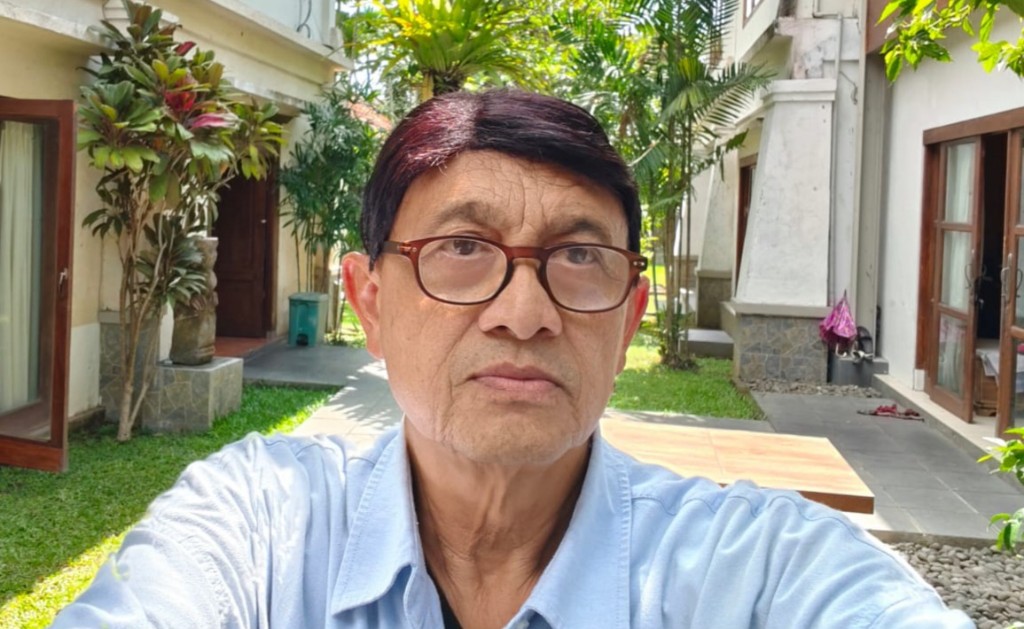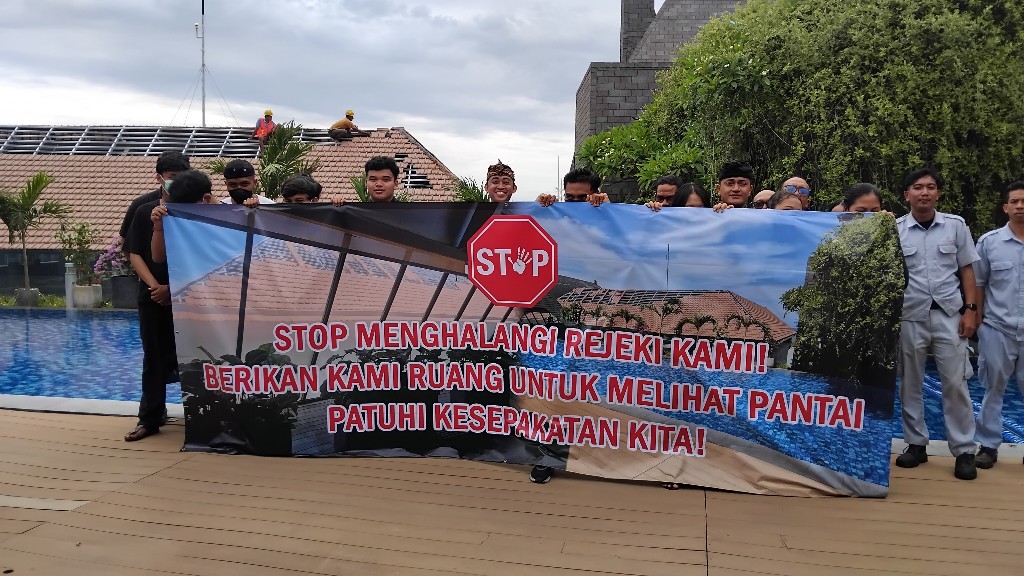
Govt Supports Sanskrit Preservation to Translate Inscriptions
Artaya - atnews
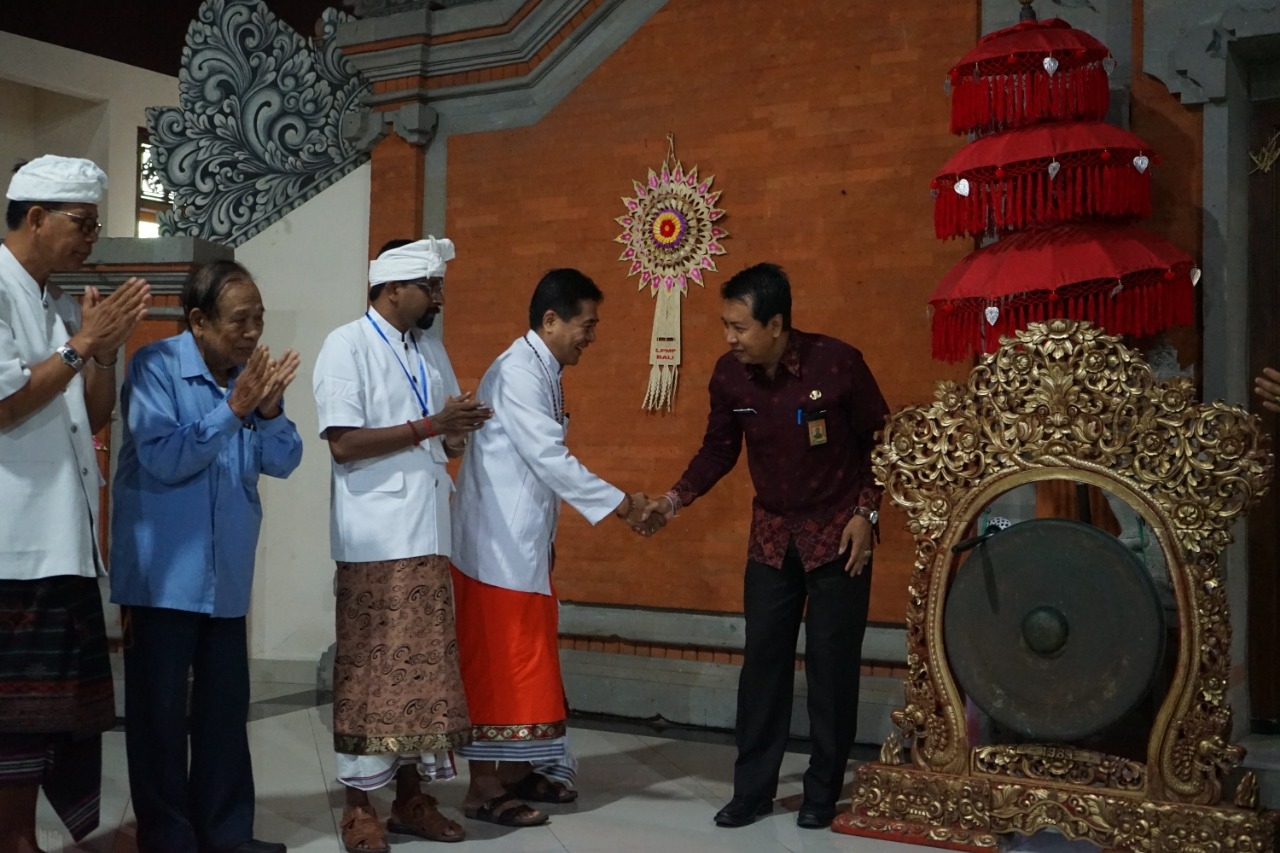
Denpasar, 6/18 (Atnews) - Head of the Denpasar Culture Office, I Gusti Ngurah Anom Mataram, invited the Dvipantara Samskrtam Foundation to preserve Sanskrit. “The effort is to preserve the Balinese language mostly originating from Sanskrit,” said Anom in Denpasar, Tuesday (Jun. 18).
This was conveyed in the education and training for Sanskrit Teacher Candidates (Siksakah Prasiksanavargah) amounted to 32 people at the Renon Denpasar Educational Quality Assurance Agency (LPMP) for ten days on June 18-27, 2019.
They will be involved in various activities ranging from daily conversations, yoga, reading and writing, learning Bhagavad-Gita, singing songs, fun and exciting games as well as eating and drinking where all the activities use Sanskrit language and atmosphere. He hoped the activity can give birth to Sanskrit translators because there are many sources of Balinese culture and literature in that language.
One of the remains of the Blanjong Sanur Inscription dated in Phalguna of Caka Year 835 uses Sanskrit that tells about a king with a power in all corners of the world in the Singhadwala kingdom named Sri Kesari. For this reason, the event is in line with the implementation of the Law No. 5/2017 concerning the Advancement of Indonesian Culture. And language is one of the 10 objects of the cultural advancement.
Meanwhile, Chairperson of the Dvipantara Samskertam Foundation, Acharya Premadas (Dr. I Wayan Gede Suacana) added that his party focused on developing the noble cultural values and literary of the archipelago through learning Sanskrit. The Dvipantara Samskertam Foundation established on September 19, 2017 is supported by 15 Sanskrit teaching volunteers.
According to him there are many benefits of learning Sanskrit namely (1) Bhassu mukhyā madhurā divyā gīrvaņabhāratī. Among languages, Sanskrit is often dubbed as the sweetest language of the gods; (2) Sanskrit is the key to knowledge, both Vidya (spiritual knowledge / Brahma Vidya) and Apara Vidya (worldly knowledge); (3) National Aeronautics and Space Agency (NASA) of the United States has proven that Sanskrit is the most appropriate language for computer programs; and (4) Sanskrit enthusiasts are now increasing, there are 35 countries that provide Sanskrit subjects, 80 Sanskrit universities, 110 scientific research centers that study Sanskrit.
Meanwhile, the purnakalika and coach of the Dvipantara Samskrtam Foundation Sumesh K. Soman Mahodaya in his expose is optimistic that typical learning techniques at the Dvipantara Samskertam Foundation made Sanskrit language no longer a difficult language and even someday Sanskrit language will become a daily language. Moreover, in the past Sanskrit was a language spoken in the country of Bharata Varsa (India) and Bharata Kanda (Southeast Asia). (ART/*)

Baca Artikel Menarik Lainnya : Usai Nabrak Pengemudi Truk Galian C Kabur
